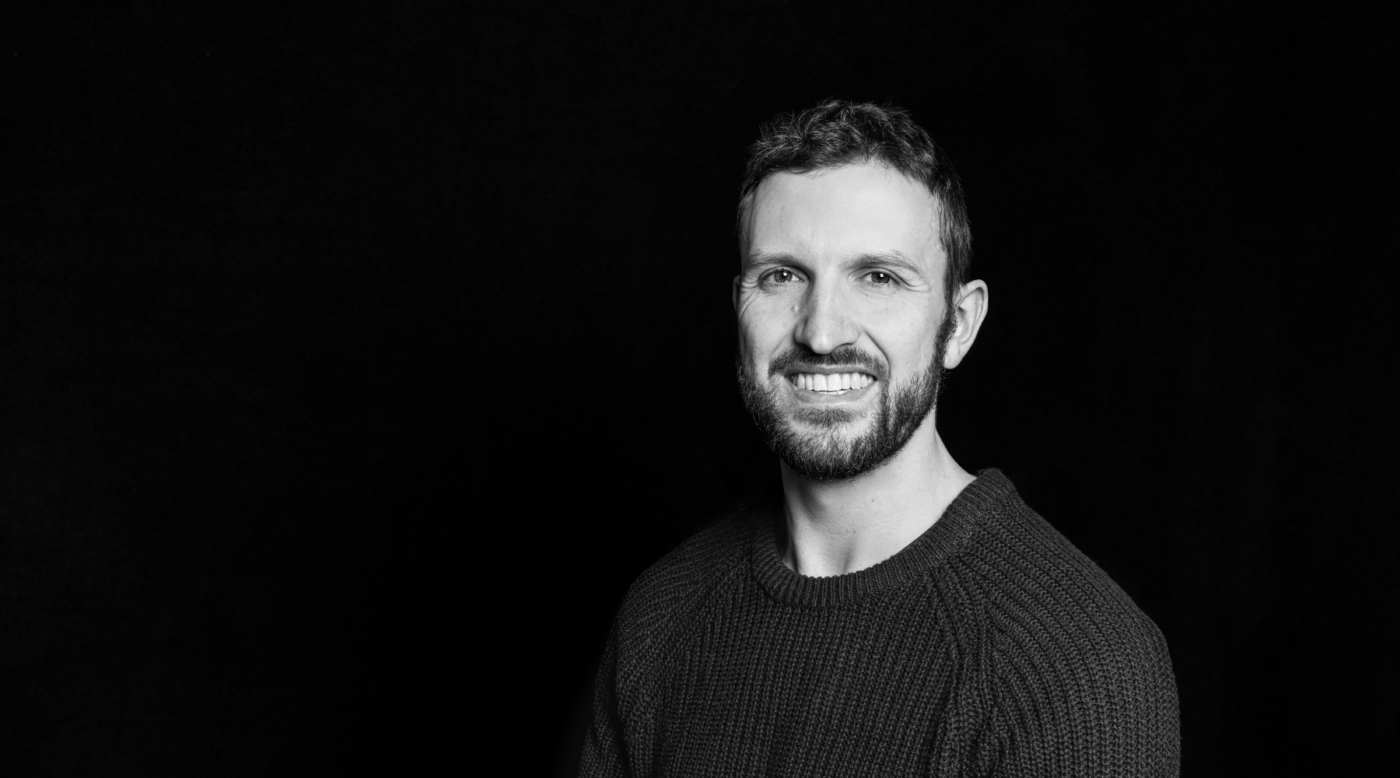News
A young researcher who has the wind in his sails
Published on October 24, 2022
David Knapp, director of the Cellular Engineering Research Unit at IRIC and assistant professor in the Department of Pathology and Cellular Biology of the Faculty of Medicine of the Université de Montréal, has amassed successes, just two years after the establishment of his research group. As one of the most recent recipients of the Cancer Research Society’s annual grant competition, David Knapp and his team also collaborated on two studies published this summer. Here is a look back at their accomplishments.
A grant that makes a difference
The Cancer Research Society supports the most promising cancer research projects in Canada through grants of $120,000 for two years. David Knapp’s team was awarded one of these grants in the most recent competition for its project “Modeling the progression from clonal hematopoiesis to leukemia”.
“This funding is critical for a new group like mine,” says David Knapp. “It will allow us to continue to support our hematopoiesis projects, which otherwise did not have ongoing funding.”
Hematopoiesis is the process by which hematopoietic stem cells produce the different types of blood cells. Mutations can make this process defective and lead to the development of pathologies. Leukemias are notably due to an overproduction of immature blood cells, which invade the blood system to the detriment of normal blood cells.
The Knapp lab has optimized a highly precise genome engineering strategy that it uses to introduce different combinations of mutations into human cord blood cells. These mutations are associated with clonal hematopoiesis, a phenomenon that contributes to the formation of genetically distinct subpopulations of blood cells. The team then measures how these combinations of mutations affect, or not, the properties of the cells. The results will identify which mutations work together to promote the development of leukemia, and which neutralize each other. This information can be used to develop new targeted therapies.
“This grant will also provide the necessary resources for my extremely talented student Fanny-Meï Cloarec-Ung to thrive and do the exciting cutting-edge research she is capable of,” adds the researcher.
Understanding the clonal competition in a metastatic context
David Knapp’s lab also co-authored a recent study, published in the journal NAR Cancer, in collaboration with Nagarajan Kannan’s team from the Mayo Clinic. The group focused on the metastatic process, in particular the invasion and proliferation capacities of cancer cells, which can differ between the different cells of the same tumor. To do this, the team used the emerging technology of molecular barcoding to uniquely and distinctively mark the genome of individual cells. These barcodes allow for precise tracking and measurement of the tagged cells. Using this tool, two distinct pathways of metastatic spread of ovarian cancer cells were identified. The final tissue distribution of these cells varies according to the metastatic route taken, and can be predicted according to the initial location of the tumor.
In the clinic, these predictions could facilitate the prediction of metastatic dissemination. These new tools will be valuable in order to better understand the behavior of different tumor in the initiation of the metastatic process.
A new protocol to generate mature and functional T cells
The result of a second collaboration by the Knapp team, involving his doctoral student Myriam Iliana Ibanez Rios and led by Peter Zandstra’s group at the University of British Columbia, was published in the journal Science Advances last August. The work allowed the characterization and optimization of a novel technique for the generation of T lymphocytes from human pluripotent stem cells. The experimental conditions set borrow information from normal development to guide the differentiation of stem cells into fully mature and functional T lymphocytes.
The developed protocol allows stem cells to be used as a renewable, genetically manipulable and ready-to-use source of T lymphocytes, which are of considerable efficiency for different immunotherapies. To date, obtaining T-cells from donors is expensive and of variable effectiveness. The results obtained, in addition to providing a useful model for studying human development, has the potential to facilitate the development of therapeutic tools.
